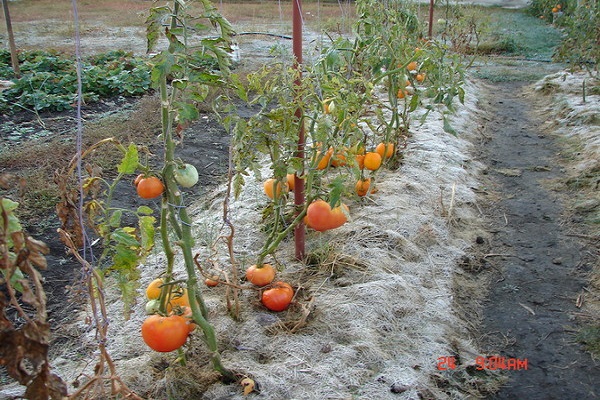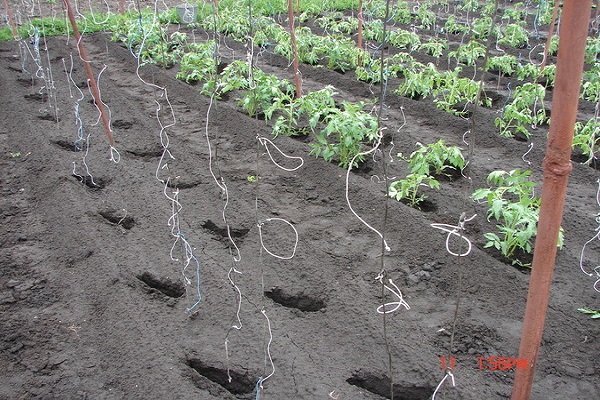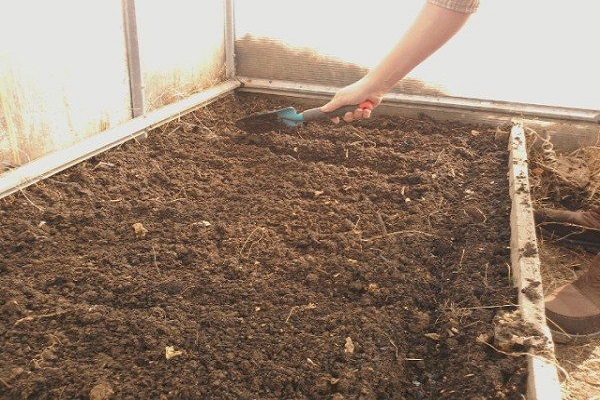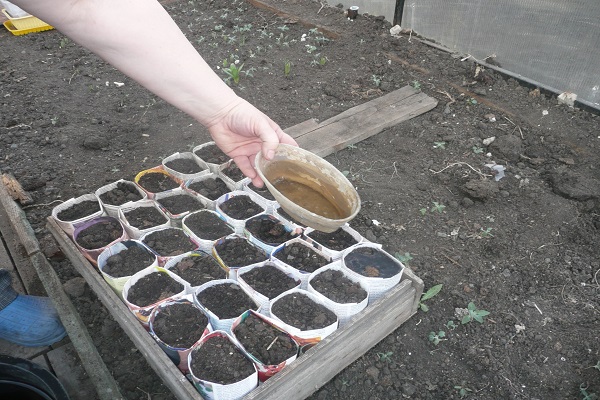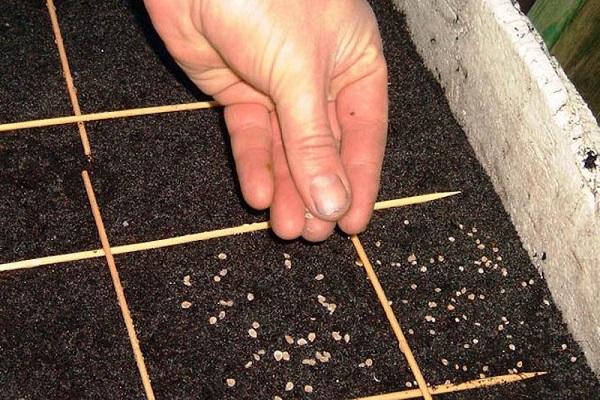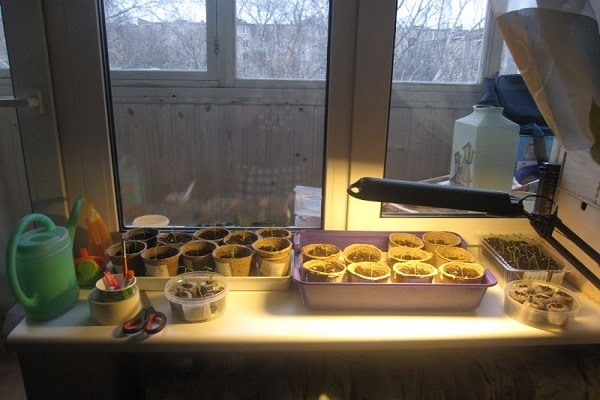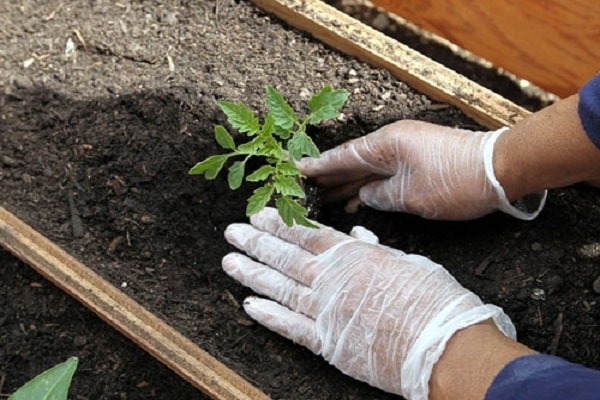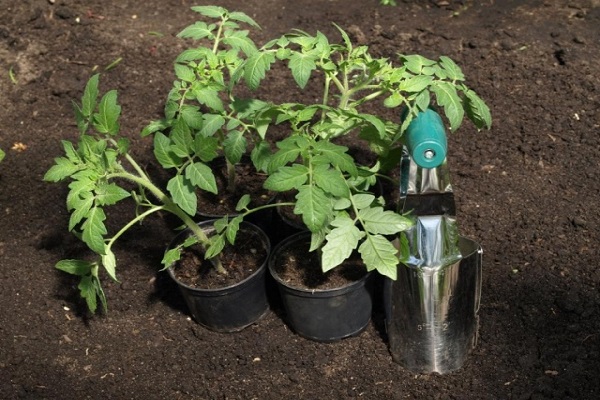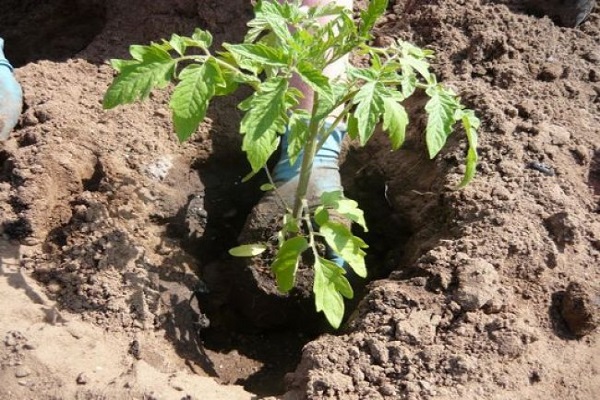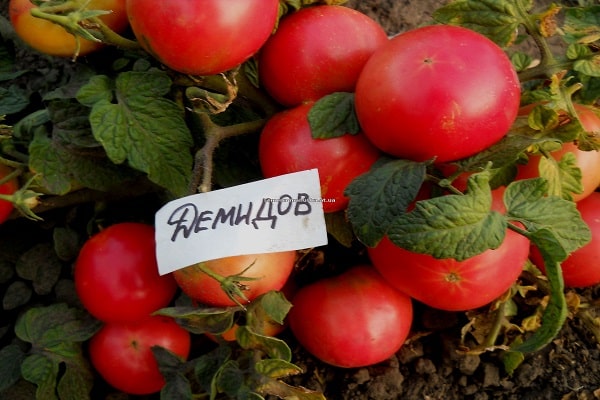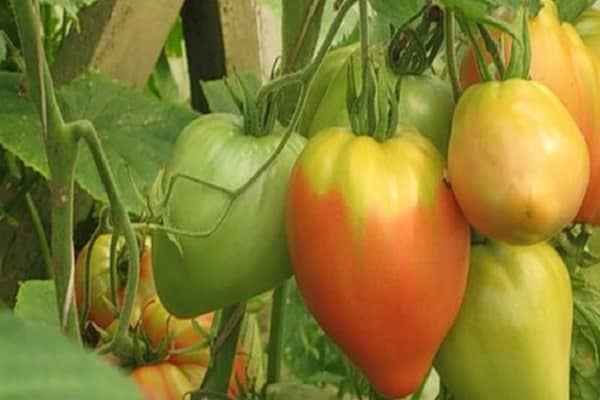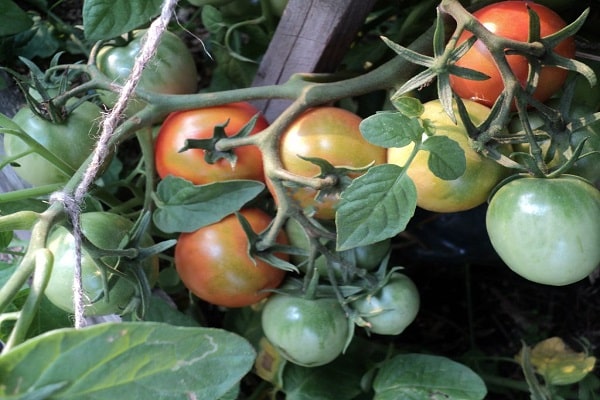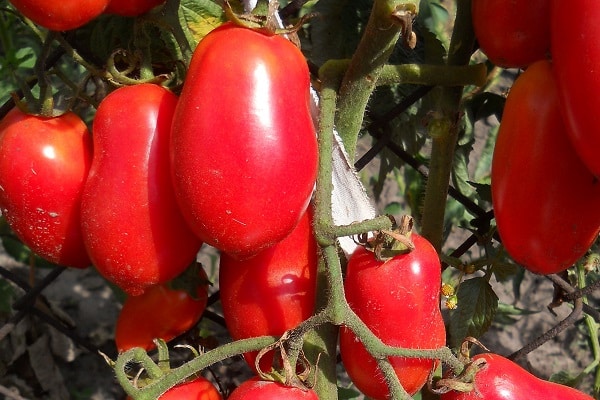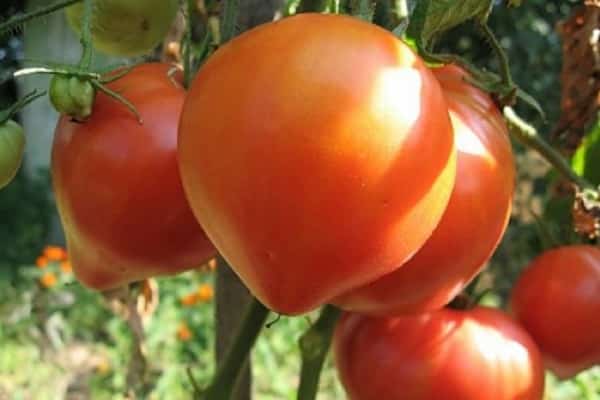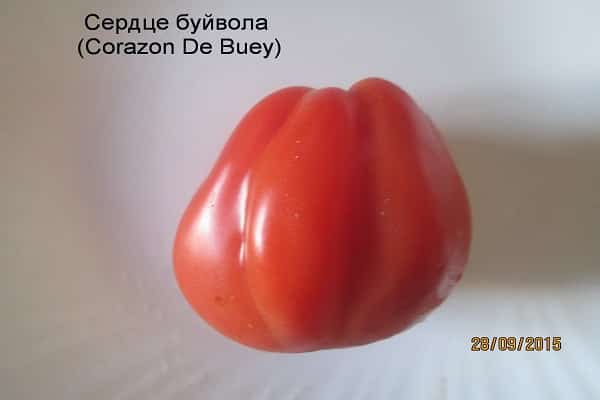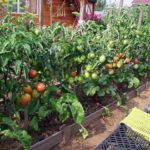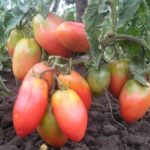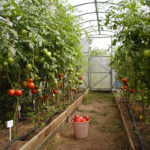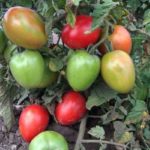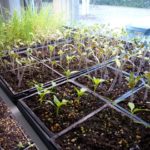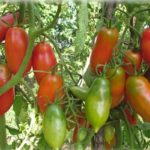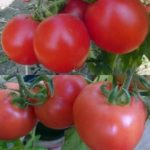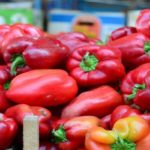For residents of a region with harsh climatic conditions, it is important to have vegetables from their garden on the table, as they are environmentally friendly products. But growing tomatoes in Siberia, like other garden crops, has its own characteristics. It is possible to adapt greenhouses for planting, but for a large family it is difficult to place a sufficient amount of vegetable products in it.
It remains to cultivate tomatoes in open ground. There is an agrotechnical practice that has been proven over the years, which should not be forgotten if you have your own plot and live in an area where summer does not last long.
Features of selecting a site for tomatoes
Before you start planting tomatoes in open ground, you need to know the biological characteristics of the vegetable plant. Tomatoes are characterized by:
- demands for food, moisture;
- good growth and fruiting with sufficient light and high air temperatures;
- intolerance to even mild frosts.
It is known that if the air temperature drops to plus fifteen degrees, the flowering of the plant will stop, and below ten degrees, growth will slow down. But the selection of tomatoes has led to the emergence of varieties that can withstand frosts of minus one or two degrees. The resistance of tomatoes to low temperatures increases if the swollen seeds and seedlings have undergone a hardening procedure.
A site for growing tomatoes in the garden is chosen with highly fertile soil that is sufficiently moist. It is better if the soil relief is slightly lowered, but it should not be swampy or saline.
Biologists have found that the same crop cannot be planted in the same place for several years in a row. After all, soil fatigue occurs due to the spread of harmful microorganisms in it and the release of metabolic products by the roots of the vegetable. But you need to alternate garden crops on your site wisely. For tomatoes, the predecessors can be cucumbers, cabbage, and melons.
Preparing soil and seeds for sowing
The soil for planting tomatoes begins to be prepared in the fall. Large areas are plowed, and small areas are dug up. In this case, the depth of plowing is taken into account, depending on the thickness of the nutrient layer. The optimal indicator is a depth of 25-30 centimeters. During plowing, organic and mineral fertilizers are embedded deep into the soil. For tomatoes, in the autumn, a complex of fertilizers containing phosphorus and potassium is applied.
In the spring, before planting, five hundred grams of humus, up to three grams of ammonium nitrate and potassium salt, and up to eight grams of superphosphate are added to the holes.
To create moisture, snow is retained in areas under tomatoes in winter, and melt water is retained in spring. After clearing the area for growing tomatoes completely from snow, loosen the area with an iron rake or harrow. Dense soil is also dug up to a depth of fifteen centimeters and harrowed.
Preparation of tomato seeds, their pre-treatment and hardening will allow you to obtain tomato yields even under unfavorable weather conditions:
- Vernalization of seeds is carried out by first soaking them in warm water for a day, changing the water every six hours. And as soon as they begin to hatch, they are transferred to a cool, dark room. There they remain until sowing.
- Germinate seed material in moistened moss, sawdust or soft material, such as layers of toilet paper. During the procedure, the air temperature in the room reaches twenty degrees Celsius and above. Pre-sprouted tomato seeds are ready to be placed in boxes for seedlings.
- Freezing tomato seeds begins by placing the swollen grains in water at room temperature for twelve hours, then placing them on snow. Cooling at low temperatures from zero to plus one degree, they are frozen at temperatures down to minus five degrees. Hardening of tomato seeds can be carried out with alternating high and low temperatures for a month. Planting material hardened in this way will produce vegetable plants that will be able to bear fruit in open ground and not be afraid of frost.
- Placing tomato seeds in solutions that stimulate growth will then produce more flower ovaries and improve the quality of tomatoes.
- Dressing of planting material is necessary so that the plants do not get sick during the growing season. The seeds are disinfected with a weak solution of potassium permanganate for twenty to thirty minutes, then washed and dried.
All seed and soil preparation procedures are aimed at growing high-quality and healthy tomatoes in the Siberian region.
Getting strong seedlings
Without seedlings, growing tomatoes in open ground is impossible. The optimal time for planting vegetable seeds in a container with loose soil is the middle or end of March. The prepared planting material is embedded in the soil to a depth of one to two centimeters. After this, the soil is watered with warm water, the boxes are covered with plastic wrap and placed in rooms with an air temperature of 25 degrees Celsius. Tomato plantings are ventilated daily, removing covering material. Water the soil as needed. As soon as the first tomato shoots appear, then:
- equip additional lighting with fluorescent lamps suspended at a distance of five centimeters from the plants;
- reduce the air temperature to eight to fifteen degrees Celsius;
- monitor air and soil humidity, maintaining it at 70 percent.
After the appearance of the first two true leaves, tomato shoots replanted, planted in separate pots. A month before planting in garden beds, tomato seedlings are hardened off by taking them out into the air, first for several hours, then for a day.
Planting in open ground, care rules
Typically, sixty-day-old tomato seedlings are transferred to the beds when the threat of frost has passed and the soil has warmed to ten degrees above zero. Tomato seedlings planted in May must be covered to prevent them from freezing. Therefore, they use inclined planting, covering the plants with earth.Within one or two days there will be nothing for the tomatoes, and after removing the soil, the tomato stems take on a vertical position.
Many people use paper or cardboard caps to protect tomato bushes. At the same time, their edges are sprinkled with earth so that the wind does not blow away the caps.
The arrangement of tomato seedlings is 60 x 60 or 70 x 70 centimeters. It is correct to place the bushes of the plant at a distance of fifty centimeters from each other. Before planting, wood ash is added to the holes, from which the tomatoes obtain phosphorus. Tomato seedlings are buried down to the first true leaf. Water the planted vegetable bushes with two to three liters of warm water under each stem. Caring for tomatoes planted in open ground includes:
- timely, moderate watering of bushes;
- alternating fertilizing with mineral and organic substances in the established proportions;
- fertilizing once every two weeks;
- formation of the stem and tying of indeterminate varieties of tomatoes.
If tomato seedlings are planted in open ground in April, then make a bed, raising it above the level of the site. Manure is added to the holes, covered with last year's grass on top. Then the compost is spread out. Prepared holes measuring 30 x 30 centimeters are ready to receive tomato seedlings. After planting, the tomato bushes are watered abundantly and mulched with straw or peat.
The bed requires a cover made of non-woven material, which is arranged by placing a structure made of wire frames on top of the bed. During the growing season of tomatoes, they are ventilated by lifting the material during the day. Such plantings do not need watering or fertilizing - there is enough moisture and fertilizer in the soil.After warm, sunny weather has established, the material is removed, and the frame serves as a support for the tomato stems.
The grown and harvested tomato crop is processed for the winter. Unripe fruits are placed in boxes or baskets and kept in a dry and dark place until fully ripe.
Tomato varieties of Siberian selection
The best varieties for growing in open ground are tomato varieties that are adapted to survive and bear fruit in the harsh conditions of Siberia. They differ from greenhouse plants in that they ripen a little later; they mostly belong to low-growing types of tomatoes.
Among early ripening varieties, it is distinguished by high yield and excellent taste. Demidov tomatoes. They bear fruit 100-110 days after seed germination. The tomato bush reaches a little over half a meter in height. The weight of the fruits reaches one hundred to two hundred grams. Pink tomatoes are suitable for fresh consumption.
First fruits tomato Snezhana gives already after 105 days. On a compact plant half a meter high, medium-sized tomatoes grow, universally used as food.
It is known about the Barnaul canning variety that its fruits weighing three hundred grams are suitable for pickling and pickling. And you can prepare food within a hundred days after planting the vegetable.
A Siberian surprise is a vegetable that delights with the harvest of ten kilograms of fruit clusters per bush. Indeterminate requires proper care, the formation of a bush with three stems.
Among the large-fruited tomatoes there are:
- Abakan pink tomato Heart-shaped tomatoes of light red color are valued for their excellent taste and decorativeness. Large tomatoes of this variety ripen in 115 days, weighing five hundred grams or more.
- The dimensionless determinant boasts of the gigantic size of the fruit.
- The Large Berdsky tomato is intended for open ground. The bush does not reach a meter in height, but it can boast of the weight of its fruits, many of which reach up to eight hundred grams.
- The indeterminate species Superbomb also has fruits weighing six hundred grams, and the height of the bush is one and a half meters and requires pinching and gartering.
- Yellow tomatoes up to three hundred grams each are collected from the Samokhval tomato. In addition to high yield, the variety is noted for its resistance to disease.
- Grandma's secret produces tomatoes weighing almost a kilogram. Scarlet fruits are good both fresh and canned. They make fortified juices, tomato pastes and sauces.
Low-growing types of tomatoes are also valued for open ground in the Siberian region. Among the determinant species, the following are known and verified:
- A buffalo heart with a stem height of seventy centimeters and a kilogram of tomatoes;
- A Siberian heavyweight, barely holding eight hundred gram tomatoes on short sixty centimeter stems;
- Amber variety with small orange fruits, famous for their excellent taste and abundance in the clusters;
- Parsley is a gardener with elongated tomatoes, producing up to twelve kilograms of fruit from one square meter.
The achievements of Siberian selection stations allow residents of northern latitudes to enjoy healthy vegetable products throughout the short summer and prepare canned tomatoes from grown tomatoes for the winter.

